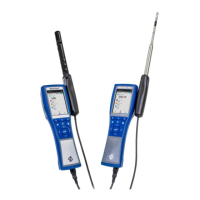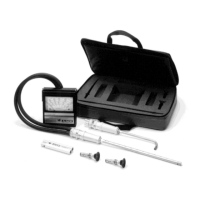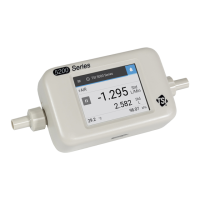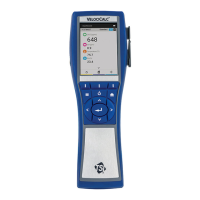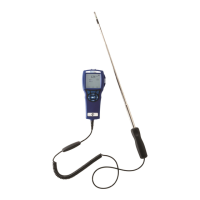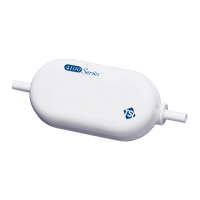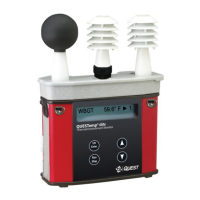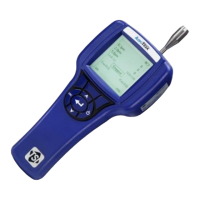5
Chapter 3
Operation
Keypad Functions
ON/OFF Key
Press to turn the Model 5725 on and off. During
the power up sequence the display will show the
following: Model Number, Serial Number,
Software Revision and Last Date Calibrated.
Arrow (ST) Keys
Press to scroll through choices while setting a
parameter.
(Enter) Key
Press to accept a value or condition.
Arrow (g or h) and
Menu Soft Keys
Press arrow keys to change choices while setting a
parameter. Press the Menu soft key to select the
Menu selections, which are Display Setup,
Settings, Flow Setup, Data Logging and
Calibration.
Common Terms
In this manual there are several terms that are used in different places. The
following is a brief explanation of the meanings of those terms.
Sample
Consists of all of the measurement parameters
stored at the same time.
Test ID
A group of samples. The statistics (average, minimum,
maximum, and count) are calculated for each test ID.
The maximum number of test IDs is 100.
Time Constant
The time constant is an averaging period. It is used
to dampen the display. If you are experiencing
fluctuating flows, a longer time constant will slow
down those fluctuations. The display will update
every second, but the displayed reading will be the
average over the last time constant period. For
example, if the time constant is 10 seconds, the
display will update every second, but the displayed
reading will be the average from the last 10 seconds.
This is also referred to as a “moving average”.
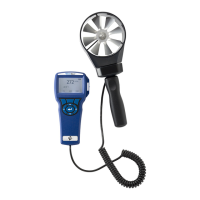
